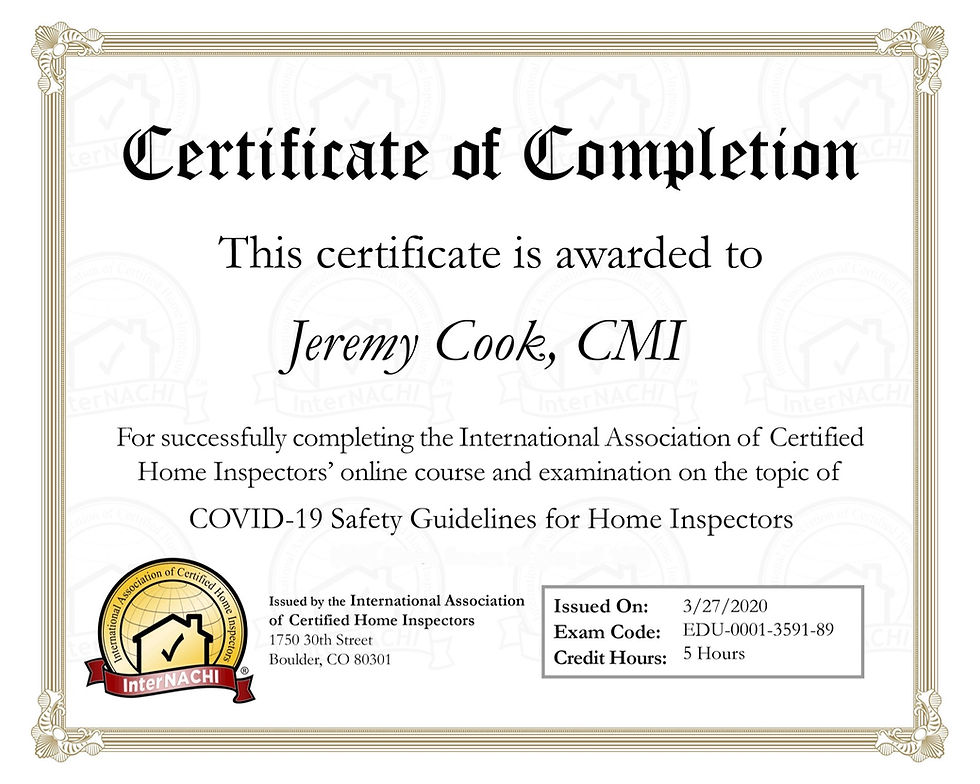25 Tips Before Finishing Your Basement
- Jeremy Cook

- Feb 7, 2020
- 3 min read
Here are a few tips to consider before you finish your basement. Even if you don't want these things, the next buyer probably will. Adding these things after the fact is more difficult and expensive. You can save yourself time and money by planning ahead!
1-Find central vacuum pipes and connect and run them to the utility room or garage. Don't forget to also run the electrical wire as well.
2-Run additional plugs, cable TV, HDMI cables, or internet wires to potential networking locations.
3-Add a gas line to the back yard for your BBQ.
4-Add a gas line behind the kitchen range for a future gas cooktop. Or add an electrical service if you already have a gas cooktop.
5-Add a gas line, and/or electrical service, to your garage.
6-Add a sump pump.
7-Add a back water valve (BWV). A BWV is a mechanical flapper that is installed into the main plumbing drain line where it leaves the home. It can prevent basement flooding when the city sewer system backs up and insurance companies will typically offer a discount on homes with a BWV.
8-Add a fridge waterline. This can be run from the kitchen sink, through the basement ceiling, to the back of the fridge.
9-Consider dropping heat vents and cold air return to the floor level for improved comfort.
10-Consider adding an additional hose bib to a convenient area on the outside of your home.
11-Consider adding a hot water hose bib to your exterior or garage.
12-Replace existing outside hose bibs with frost-free connections so you don't have to turn them off every fall.
13-Add a ceiling plug and network cables to a future home theatre.
14-If you currently have a mid efficiency furnace or hot water tank (vented through a metal exhaust pipe to a vertical chimney/flue) you should add plastic (PVC) venting (X2) to your mechanical room if basement development will restrict future installation of these pipes. When you replace your furnace you will thank me. Only HE (high efficiency) furnaces are available for purchase in Alberta and they use PVC exhaust pipes. Consult an HVAC specialist & local by-laws and code restrictions for the best location.
15-Add copper line sets for a future A/C unit. Consult an HVAC specialist for the best location.
16-If you live in an area with a higher risk of flooding, you may want to price out an interior weeping tile system with sump pump to prevent water damage.
17-Budget to improve bedroom window size to egress legal windows as part of your development.
18-Use laminate, vinyl, or carpet on the basement floor. Stay away from hardwood and tile as they do not react well in basement developments. A little bit of tile for the bathroom is ok.
19-Leave ample access from the mechanical room to the stairwell for hot water tank and furnace replacement in the future.
20-Replace hot water tanks older than 14 years to proactively prevent water damage to your new basement.
21-Leave a little extra room in the mechanical area for a future water softener, central vacuum, or other appliance.
22-Add a dry drain from your main floor laundry (or second floor laundry with a small amount of extra work) to allow water to be drained to the furnace room if the washing machine leaks.
23-Replace visible Poly-B water supply lines, Aluminum electrical wires and other outdated systems.
24-Consider adding plumbing drain lines and waterlines for a basement bathroom, again, even if you don't want one the next buyer probably will.
25-Get Permits from the City of Calgary at 311.
This is an extensive, but not an exhaustive list of things to consider before closing off access to the basement structure. Be sure to consult with a professional contractor about your basement development.






Comments